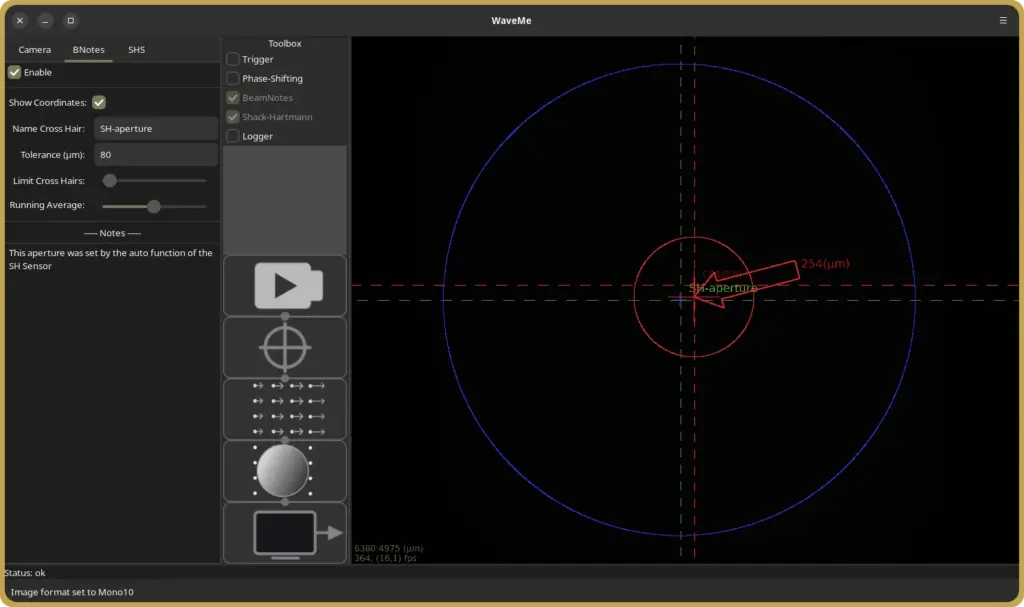
Introduction
In the realm of optical engineering, achieving precise alignment between the optical elements within a system is crucial to ensuring optimal performance. This alignment is especially critical in compact optical systems like microscope lenses or other high-end optics. There are some well known brands here like Zeiss, Leica, Nikon or Tropel. They know what they are doing and have the tools and skills to do it. However, usually, the story of most optical systems does not begin there because usually, you have to put quite a number of optical elements between the laser source and those high-end components to achieve your desired outcome and the tools most readily available are various types of small apertures. If only we could actually refer to them as pinholes, but we can’t. Pinholes are difficult to work with. Until you achieve a 3-dimensional alignment, which is focus and two positions, we see nothing after the pinhole. This means that they are rarely used, if at all. Therefore, small apertures, or so called alignment targets, are used. Not becuase they are adequate but because they are simple. There is a gap between the high-end tools and the simple tools and it is this gap that the BeamNotes tools is trying to fill. It is still a simple tool but one that improves more than a factor of 10 over alignment targes in accuracy while providing many other benefits. Curious? Read on to find out.
BeamNotes Tool — Precision alignment where it actually happens
There are several aspects to designing and building optical systems. Once is the realm of mathematics, ray tracing, optimization and the shear joy of taking a tough specification and pushing Zemax, or your tool of choice, and yourself to the limit. Then there is the problem of the repeat performance but with physical glass, mirrors and light sources. And let’s not forget that in many cases, it is not the same person who designed the system and the person who puts the pieces of glass in place, but someone, most probably with much less knowledge about the details, and much less time.
Even though the designer most often would be part of assembling and aligning the first systems, he will eventually have better things to do and the future life of the design is in the hands of others. We need a bridge between these two worlds and WaveMe will help with that by incorporating some practical tools
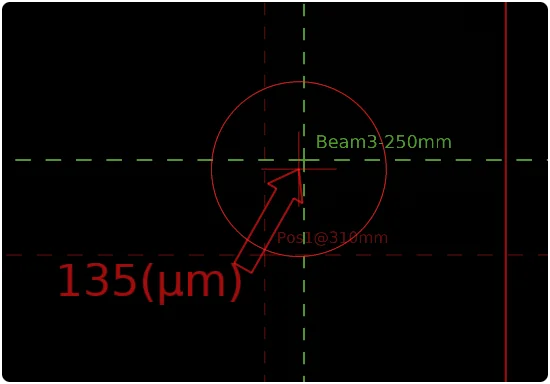
The BeamNotes tool is specifically designed to address the unique challenges posed by extended optical systems, offering a comprehensive solution for alignment tasks that still demand high level of accuracy. It excels in scenarios where the alignment tolerances range from 10 to 15 micrometers, a range where traditional alignment targets with larger apertures often fall short.
Key Features of the BeamNotes Tool
- Integration with Optical Design Intent:
- The BeamNotes tool goes beyond conventional alignment by seamlessly integrating with the intentions of optical designers and manufacturing workflows. Users can interact with the tool using the user interface or XML formatted files. This capability empowers optical designers to guide the integration process to achieve desired and repeatable results.
- Crosshair Targets and Annotations:
- At the core of the BeamNotes tool are crosshair targets that interact with the current intensity centroid computed from camera images. These crosshairs can be enriched with annotations, serving as quick reminders of their purpose and significance within the alignment process.
- Extensive Notes for Systems Engineers:
- The BeamNotes tool provides a space for extensive notes, allowing systems engineers to offer in-depth assistance, reminders, and clickable URLs. These URLs can serve various purposes, from integrating the alignment process with company workflows to providing links to instructional videos or graphics on element mounting techniques.
- Magnified Arrow for Guided Alignment:
- Recognizing that technicians working with extended optical systems may need to be at a considerable distance from the computer, the BeamNotes tool includes a magnified arrow indicator. This indicator serves as a visual guide, showing the direction in which the current element must be adjusted to reach its ideal position. Additionally, the position of the centroid, represented by a small cross, features an accompanying circle that reflects the current alignment tolerance, as configured in the XML file or through the user interface.
- XML interface & Restoring Program State
- Real life is rarely sreamlined and our tasks are often interrupted with meetings or perhaps even lunch. You have to go and take your laptop with you. No problem. WaveMe remembers and when you come back, WaveMe will restore all settings, including running tools at the state where you left it. No more, “where was I?”. WaveMe remembers.
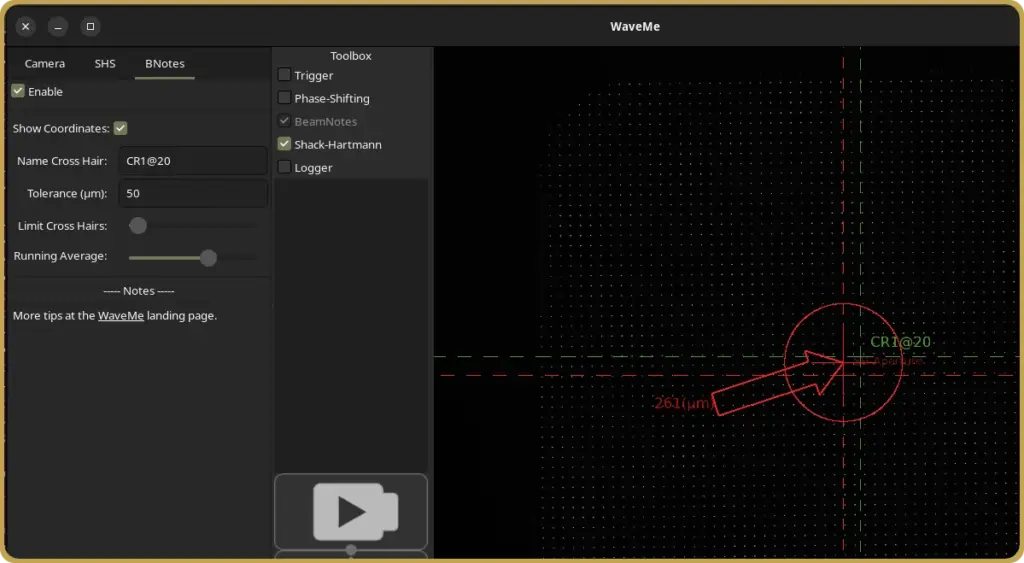
Conclusion
In the realm of optical alignment, from building an experimental setup in the lab to factory floor assembly of a product that must meet specific performance targets, optical alignment is much more than just engineering. People are involved, and design information needs to be shared. Whether it is to yourself at some later point in time or someone yet completely unknown, the BeamNotes tool is there to help in this process. While traditional alignment targets with millimeter apertures are commonly available and chosen for their simplicity, the BeamNotes tool stands out as a highly accurate solution tailored specifically for extended systems. By seamlessly integrating with optical design intent, offering customizable annotations and notes, and providing visual guidance for alignment, the BeamNotes tool bridges the gap between design and execution, ensuring that extended optical systems perform at their best, even in the most demanding scenarios.

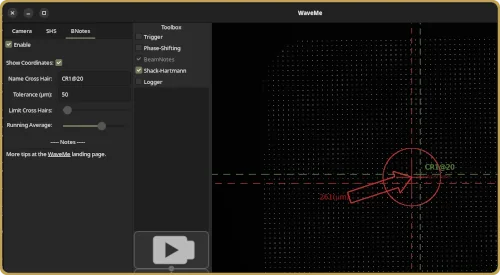
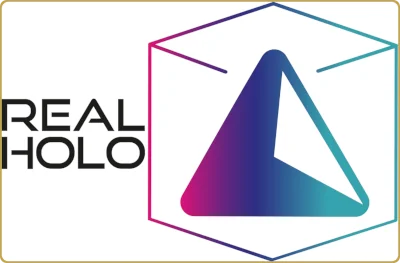
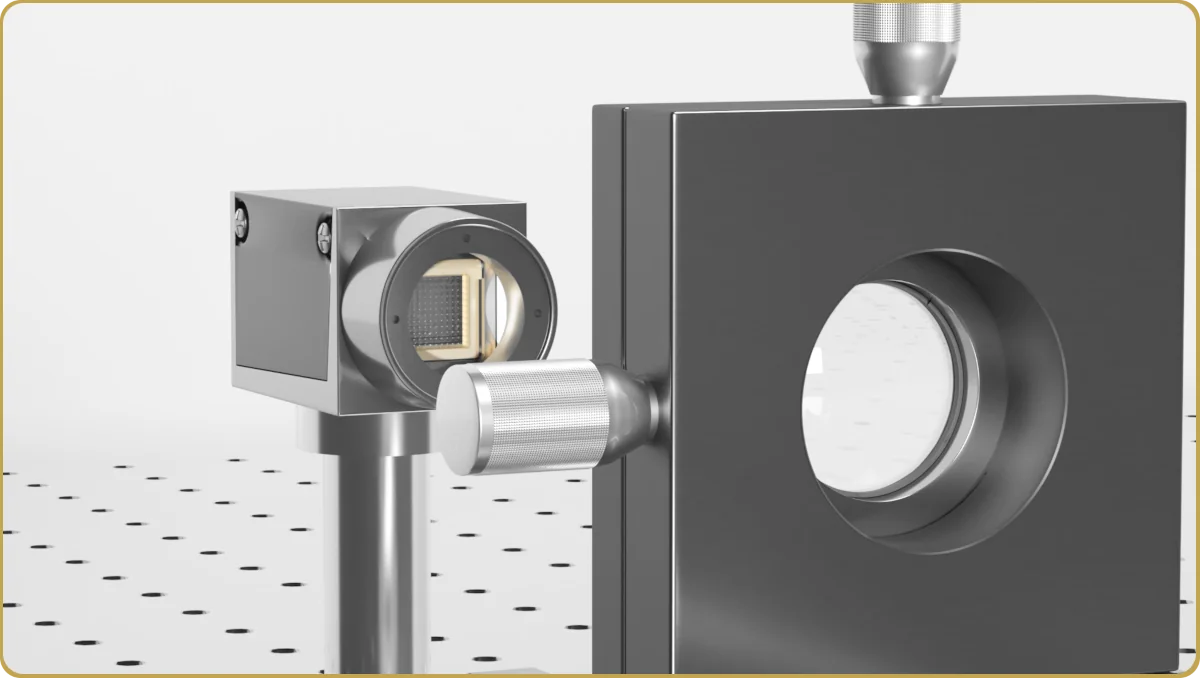
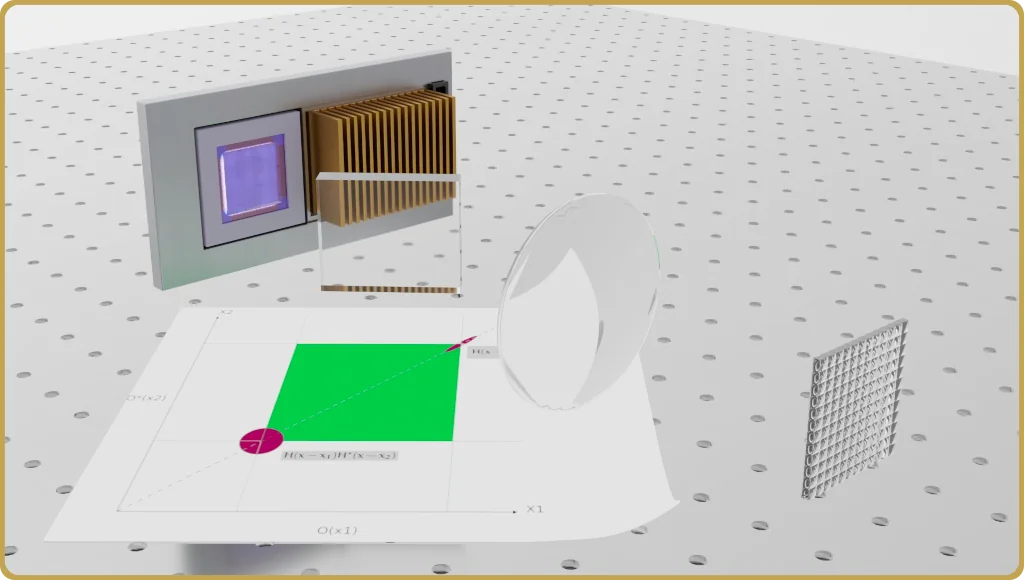

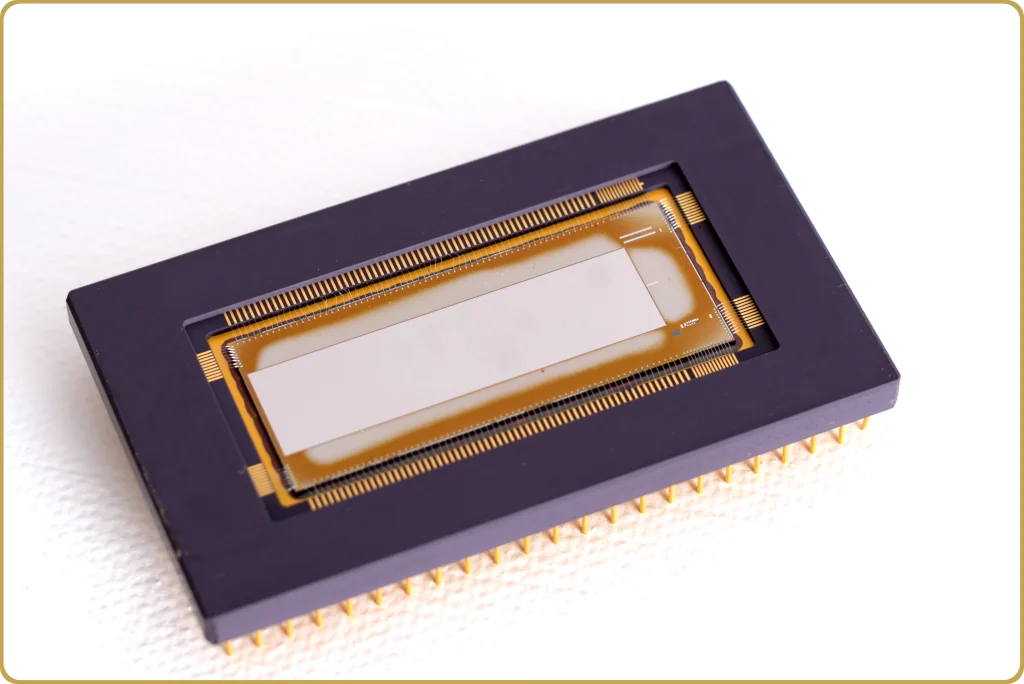
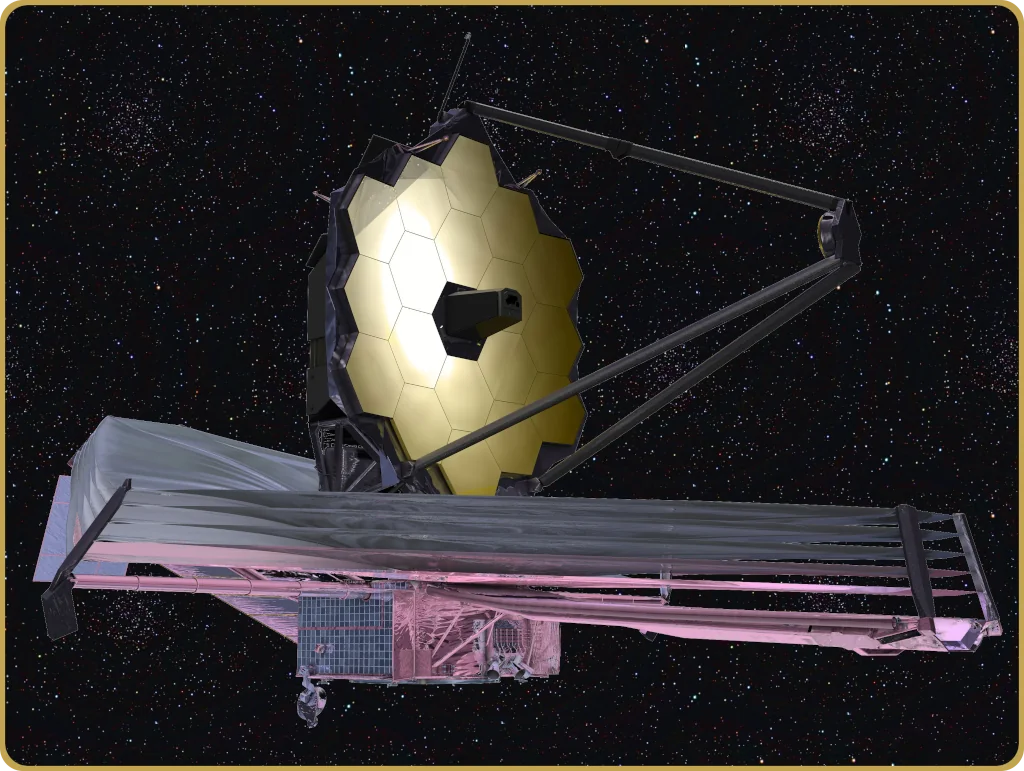
Leave a Reply